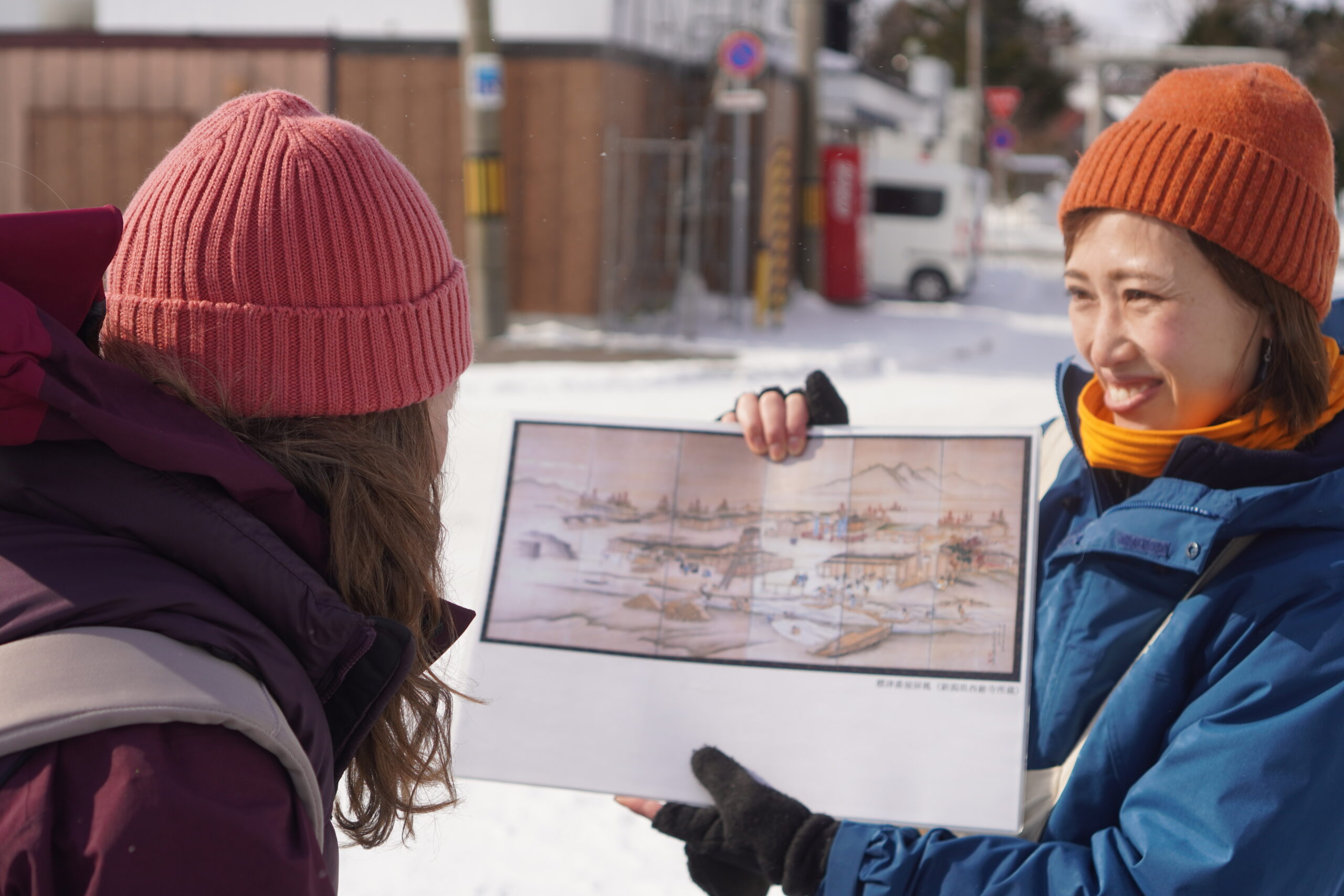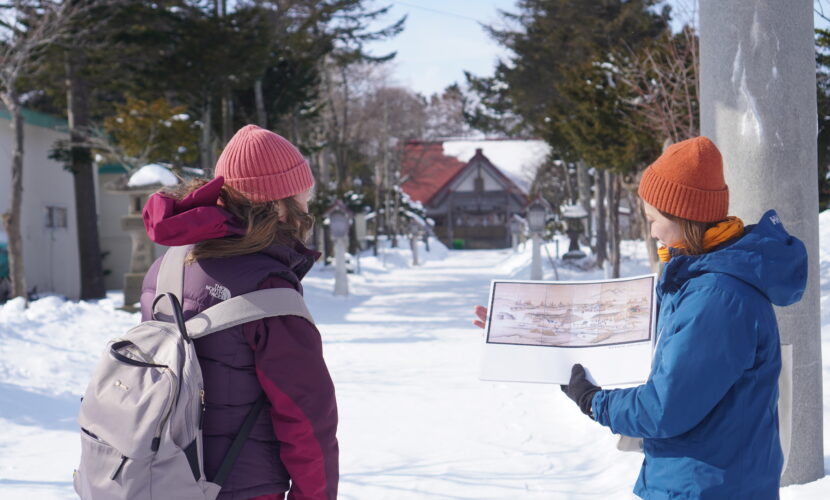
Discovering Shibetsu: Banya Town Walking Tour
Shibetsu, a small fishing and farming town on the Eastern edge of Hokkaido, is a community that proudly offers a wealth of local experiences to those visiting their town. Daily life in Shibetsu continues traditions that have existed locally for hundreds - even stemming back thousands - of years and exploring this rich history and culture is a wonderful addition to travel in the region. Shibetsu town’s name is derived from the Ainu language, and in researching the meaning I found two common theories - the first that it literally means ‘big river’, and the second that it translates as ‘the place with many salmon’. Upon a first visit to Shibetsu, you can immediately see why either would be a good fit.
On the morning that I begin my Shibetsu adventure I meet Satomi Saito, a local guide who runs Amutoki - a guide service that provides tours that weave the experiences of travelers into the fabric of local life. Saito-san is a warm and enthusiastic guide, who speaks English in addition to her native Japanese. She offers an impressive selection of culture and food introductions - from meeting local fishermen, to scallop tasting, to making and trying Nemuro Strait Salmon Chazuke - pouring soup base over rice. She also offers a town walking tour, using a print of the Shibetsu Banya Folding Screen as inspiration.
This local piece of artwork is a screen decorated with a picture of the Shibetsu Banya - fishermen’s lodging - thought to be drawn by an Aizu Clan artist in 1864. It depicts Shibetsu town at the end of the Edo period, but what is unique is the way that the framework of the town still exists in a very traceable way. It allows for an incredible experience, as you walk the exact streets you can literally see pictured on the print in front of you. Saito-san stops at key points along this route to point out places of historical interest - such as the site of the building pictured as being used to preserve salmon, where a modern bank now stands. Shibetsu Shrine also proudly remains in the exact same location as pictured on this folding screen, making it a vital stop in the town-wide tour.
As we walk the streets of Shibetsu, I find that Saito-san has an amazing ability to combine stories of the past, with stories of the present. She introduces the town, whilst weaving in the history of the local salmon industry and its impact on the area around the Nemuro Strait. She pauses frequently to then relate this history to current businesses and key individuals in the community. As you explore the town with her, you have the chance to visit local stores specialising in salmon, other seafood or even local sweets. You can see that Shibetsu is very much built upon its history, and that its history is very much focused on the salmon. I realise over and over as we explore the town, just how important the salmon is to the identity of this place.
The Shibetsu Banya Folding Screen depicts a scene in the final days of the Tokugawa Shogunate, where the Aizu clan were using the large amounts of salmon in the area as a resource to develop the region. The painting illustrates an autumn day, and intricate details show the history of the town, its buildings and its people. You can see the small fishing boats on the large river, and the many Ainu people - the indigenous people of Hokkaido - working nearby (not forgetting that the Ainu people were themselves exploited in this period). The salmon are shown filling the boats, being carried to storage huts, and being salted to dry the fish for later processing. The developments in the Edo period are important historically in leading to the commercial salmon industry that we see in the area today - and the picture captured on this folding screen offers us an insight into how the local salmon became one of the leading brands in Japan. In 1878, this influence resulted in the establishment of the Betsukai Cannery at the Nishibetsu River estuary.
Saito-san’s tour continues to lead us to Shibetsu Port, where we can see the local fishing industry up close. Fishing is and always has been, very much at the centre of this town, with high employment in the area still directly stemming from the trade. When the salmon return to Shibetsu in the fall, the number of jobs increase and the town comes to life during the salmon season. Locally, the salmon symbolise this reunion, as they return to the river they were born in to spawn and end their journey of life as the next generation of salmon is born. With the history of fishing and eating salmon in this region stemming back to the Jomon period thousands of years ago, it’s incredible to think that this cycle has continued to impact this community in varying forms over the millennia.
We finally reach Shibetsu Shrine - said to be the oldest in the Nemuro area - and on this clear-skied winter day, it is a quiet and picturesque location. Despite remaining in the centre of the town, as pictured on the print we are so carefully following, the shrine grounds are peaceful and a place to reflect. Saito-san tells me of the cherry blossom trees that bloom and fill the grounds come May, and it makes me look forward to a spring visit - as I can only imagine how beautiful this spot must be. The shrine itself is said to have been built by the Shogunate’s fishing ground contractors between 1781-89, to pray for maritime safety and good catches. Although the building has undergone renovations and changed throughout the years, when you enter the shrine area and see the prayer slips shaped like salmon, you can still get a sense of how the salmon are central, even to the history of the shrine and the content of the prayers prayed here.
Thanks to Saito-san, I can feel how the history of this town is anchored to the present. She knows that being a guide is not just about giving knowledge, but also connecting people with the area through the experience of touching the history and culture. And that is what I feel I have had a chance to do through my short time in Shibetsu - feel the richness of the past and the vibrancy of the present, whilst enjoying a day of fun, food and learning.


